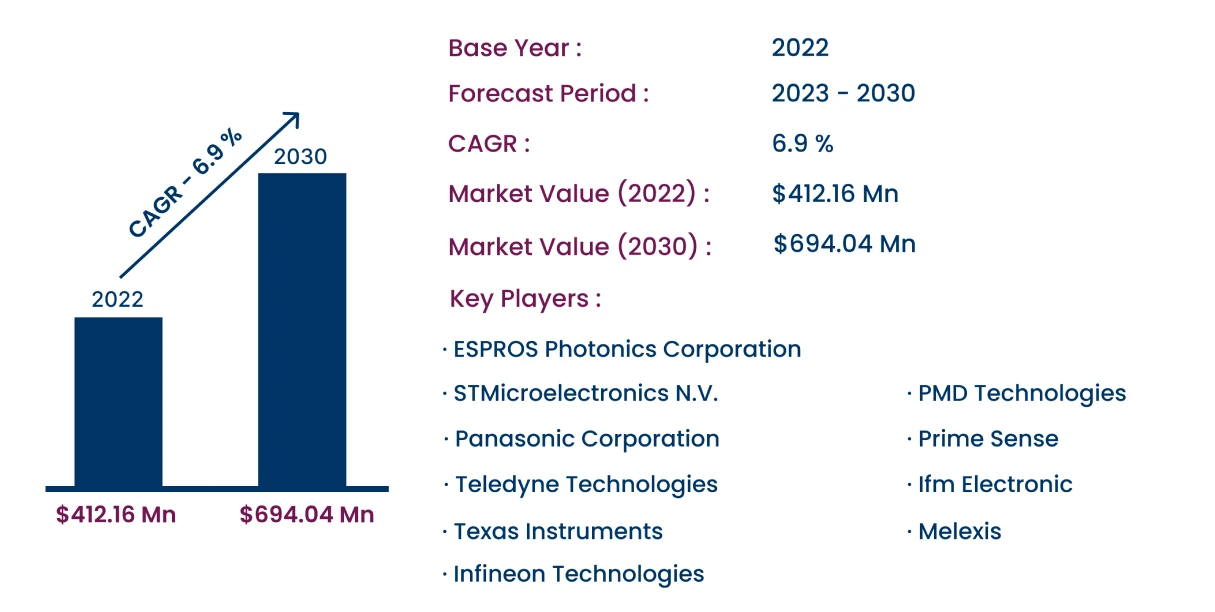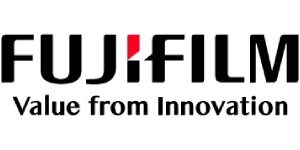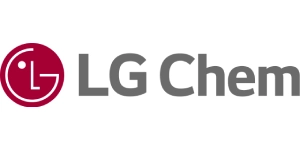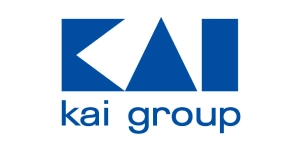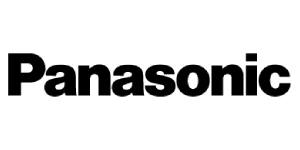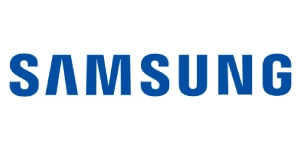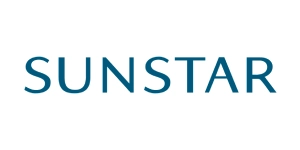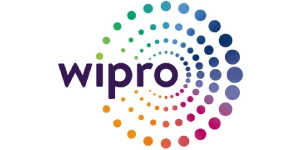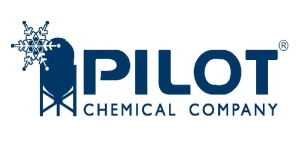Global 3D Time-of-Flight Image Sensor Market to Reach USD 694.04 Million by 2030 | CAGR of 6.9%
Category : IT And Telecommunications | Published Date : Oct 2024 | Type : Press Release
3D Time-of-Flight Image Sensor Market Scope & Overview:
In the newly published report Consegic Business Intelligence states that the 3D Time-of-Flight Image Sensor Market size was valued at USD 412.16 Million in 2022 and is projected to reach USD 694.04 Million by 2030, growing at a CAGR of 6.9% during the forecast period from 2023 to 2030. A 3D TOF image sensor measures the distance between objects and the sensor using the time it takes for light to travel to the object and reflect back. The technology is critical for various applications such as gesture control, augmented reality, object tracking, and robotics.
The report comprises the 3D Time-of-Flight Image Sensor Market Share, Size & Industry Analysis, By Product Type (Quarter Video Graphics Array [QVGA], Quarter QVGA [QQVGA], Half Quarter Video Graphics Array [HQVGA], Video Graphics Array [VGA], Mega Pixel [MP]), By Application (Robot Navigation, Indoor Navigation, Reactive Altimeters, Obstacle Avoidance, Vehicle Monitoring, Machine Vision, Object Tracking, Augmented Reality and Virtual Reality, Gesture Control, Others), By End-User (Automotive, Consumer Electronics, Healthcare, Aerospace and Defense, and Entertainment), and Forecast, 2023-2030.
The report contains detailed information on 3D Time-of-Flight Image Sensor Market Trends, Opportunities, Value, Growth Rate, Segmentation, Geographical Coverage, Company Profile, In-depth Expert Analysis, Revenue Forecast, Competitive Landscape, Growth Factors, Restraints or Challenges, Environment & Regulatory Landscape, PESTLE Analysis, PORTER Analysis, Key Technology Landscape, Value Chain Analysis, and Cost Analysis.
The increasing demand for 3D TOF image sensors in the consumer electronics sector is a major market driver, as manufacturers integrate the technology to enhance user experiences, enabling advanced features such as facial recognition, gesture control, and augmented reality.
Segmental Analysis :
Based on product type, the market is segmented into QVGA, QQVGA, HQVGA, VGA, and MP.
- Mega Pixel (MP) accounted for the largest market share in 2022, driven by its adoption in smartphones, surveillance cameras, and AR/VR devices that require higher image quality and data processing capabilities.
- HQVGA is expected to grow at the fastest rate due to its use in applications requiring lower power consumption, particularly in portable devices and embedded systems.
Based on application, the market is divided into robot navigation, vehicle monitoring, machine vision, object tracking, augmented reality and virtual reality, gesture control, and others.
- Machine vision held the largest market share in 2022 due to the widespread use of TOF sensors in automated systems for object detection, motion planning, and image recognition.
- Vehicle monitoring is projected to grow rapidly, driven by the increasing integration of TOF sensors in advanced driver-assistance systems (ADAS) for real-time depth perception, obstacle detection, and collision avoidance.
Based on end-user, the market is segmented into automotive, consumer electronics, healthcare, aerospace and defense, and entertainment.
- Consumer electronics accounted for the largest share of 39.6% in 2022, driven by the increasing use of TOF sensors in smartphones, laptops, and AR/VR devices for facial recognition, immersive experiences, and gesture-based controls.
- Automotive is expected to witness the fastest growth, driven by the adoption of TOF sensors in ADAS for enhanced object detection and pedestrian recognition in safety systems.
Based on regions, the global market is segmented into North America, Europe, Asia Pacific, Middle East & Africa, and Latin America.
- North America held the largest market share in 2022, driven by the presence of major technology companies and the rapid adoption of consumer electronics and industrial automation.
- Asia Pacific is projected to register the fastest growth, supported by the growing automotive industry and the increasing integration of ADAS technologies in countries like China and Japan.
| Report Attributes | Report Details |
| Study Timeline | 2017-2030 |
| Market Size in 2031 | USD 694.04 Million |
| CAGR (2024-2031) | 6.9% |
| By Product Type | QVGA, QQVGA, HQVGA, VGA, Mega Pixel (MP) |
| By Application | Robot Navigation, Vehicle Monitoring, Machine Vision, Object Tracking, Augmented Reality and Virtual Reality, Gesture Control, Others |
| By End-User | Automotive, Consumer Electronics, Healthcare, Aerospace and Defense, Entertainment |
| By Region | North America(U.S., Canada, Mexico) Europe(U.K., Germany, France, Spain, Italy, Russia, Benelux, Rest of Europe) APAC(China, South Korea, Japan, India, Australia, ASEAN, Rest of Asia-Pacific) Middle East & Africa(GCC, Turkey, South Africa, Rest of MEA) LATAM(Brazil, Argentina, Chile, Rest of LATAM) |
Top Key Players & Competitive Landscape :
The competitive landscape encompasses major innovators, aftermarket service providers, industry giants, and niche players, all of which are thoroughly examined by Consegic Business Intelligence in terms of their strengths, weaknesses, and value-addition potential. This report includes detailed profiles of key players, market share analysis, mergers and acquisitions, resulting market fragmentation, and emerging partnership trends and dynamics.
List of prominent players in the 3D Time-of-Flight Image Sensor Industry:
- Teledyne Technologies
- Panasonic Corporation
- e-con Systems
- Texas Instruments
- STMicroelectronics N.V.
- ESPROS Photonics Corporation
- PMD Technologies
- Infineon Technologies
- Prime Sense
- Ifm Electronic
- Melexis
Recent Industry Developments :
- In March 2021, Teledyne e2v launched the Hydra3D Time-of-Flight CMOS image sensor, enhancing its application in logistics and robotics for precise distance measurement.
- In February 2020, Panasonic Corporation introduced a new 3D TOF image sensor that extends range imaging capabilities up to 250 meters for automotive applications.
